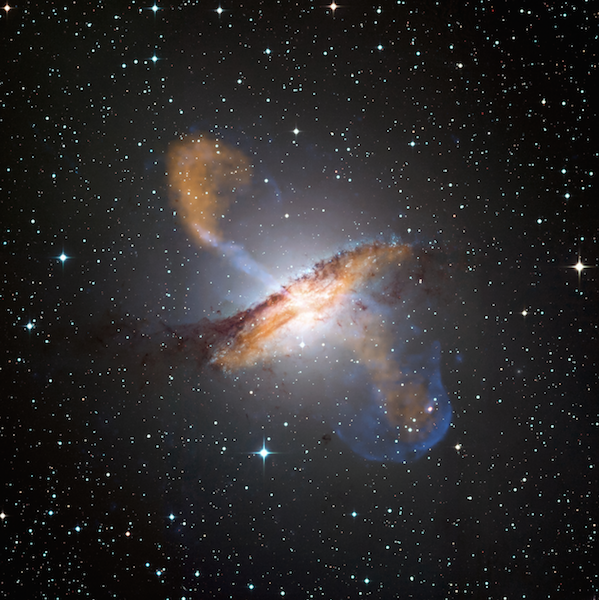For astronomy researchers, the invisible nature of dark matter is one of the most perplexing features of our universe. Dark matter is a theoretical form of matter that does not interact with light, and therefore cannot be directly observed by sight. The current theory of dark matter has been supported by astronomical data on the expansion of the universe, but the existence of dark matter remains a point of contention in astronomy. By some estimates, visible matter may account for less than five percent of the total mass-energy of the universe. The overwhelming majority of universal mass-energy is theorized to come from both dark matter and dark energy, an invisible anti-gravity force.
As such, proving insight into the nature of dark matter is one of the most challenging undertakings in the modern astronomical field. However, new research at Yale, led by professor Pieter van Dokkum and a graduate student, Shany Danieli, has helped to shed light on this mysterious phenomenon. Danieli believes that interest in dark matter research stems from its mysterious nature. “It’s one of the unsolved problems in cosmology and astrophysics in general. We don’t really know what [dark matter] is,” Danieli said.
The researchers found an extremely faint galaxy called NGC1052-DF2. The galaxy was first identified using the Yale Dragonfly Telephoto Array, and and upon further inspection with the Keck Telescope, it appeared to move at a markedly slower orbital speed than expected. After observing the delayed movement of the star cluster, the researchers hypothesized that the star clusters could only move at such a slow speed if solely visible matter was driving their motion. In other words, NGC1052-DF2 would have to be entirely devoid of dark matter, making it the first observed galaxy of its kind. By identifying a galaxy without dark matter, the Yale team had paradoxically supported the theory of dark matter. “Galaxies can live with no dark matter, which explains the concept of dark matter. It means that dark matter and normal matter are separable,” Danieli explained.
Following the discovery of NGC1052-DF2, widespread criticism from the scientific community prompted van Dokkum and Danieli to investigate their discovery further using different methods. Danieli turned to a technology called the Keck Cosmic Web Imager to verify the results. The Keck Cosmic Web Imager was used to measure the emission spectra of approximately
ten million stars in the NGC1052-DF2 galaxy. The dispersion of spectra between fast-moving and slow-moving stars in the galaxy allowed the researchers to determine how much matter the galaxy contains. Once again, Danieli found that nearly all mass in the galaxy was explained by visible matter. The scientific scrutiny garnered by the discovery of the galaxy reflected the importance of the findings. “It was an interesting lesson in how the scientific community works. If there is a strong result, then you want a lot of criticism, and you want people to check your work,” Danieli said. Danieli also credits
the role of technology in aiding the team with the discovery of the galaxy and its curious lack of dark matter. “Technological improvements help us to discover fainter galaxies and constrain their dark matter content. We have more data to understand better the nature of dark matter,” Danieli explained.
The team has also recently uncovered yet another galaxy devoid of dark matter in the same group of galaxies as NGC1052-DF2. This new galaxy, called NGC1052-DF4, shows a similar delayed orbital speed and spectral pattern as found in NGC1052-DF2. The striking similarities between the two galaxies are likely the result of a shared creation environment within the galaxy group. Danieli believes that future research will seek to identify pairs of galaxies lacking dark matter across the universe. By studying similar galaxies, researchers can determine their prevalence, and better understand how the properties of these galaxies work with current dark matter theory.Danieli hopes that these new findings will act as a stepping stone for future dark matter research. “Research is small steps…every new thing that we discover helps,” Danieli said. Still, Danieli hopes that the team’s research will lead to a better understanding of one of the universe’s greatest unsolved mysteries,” Danieli concluded.

